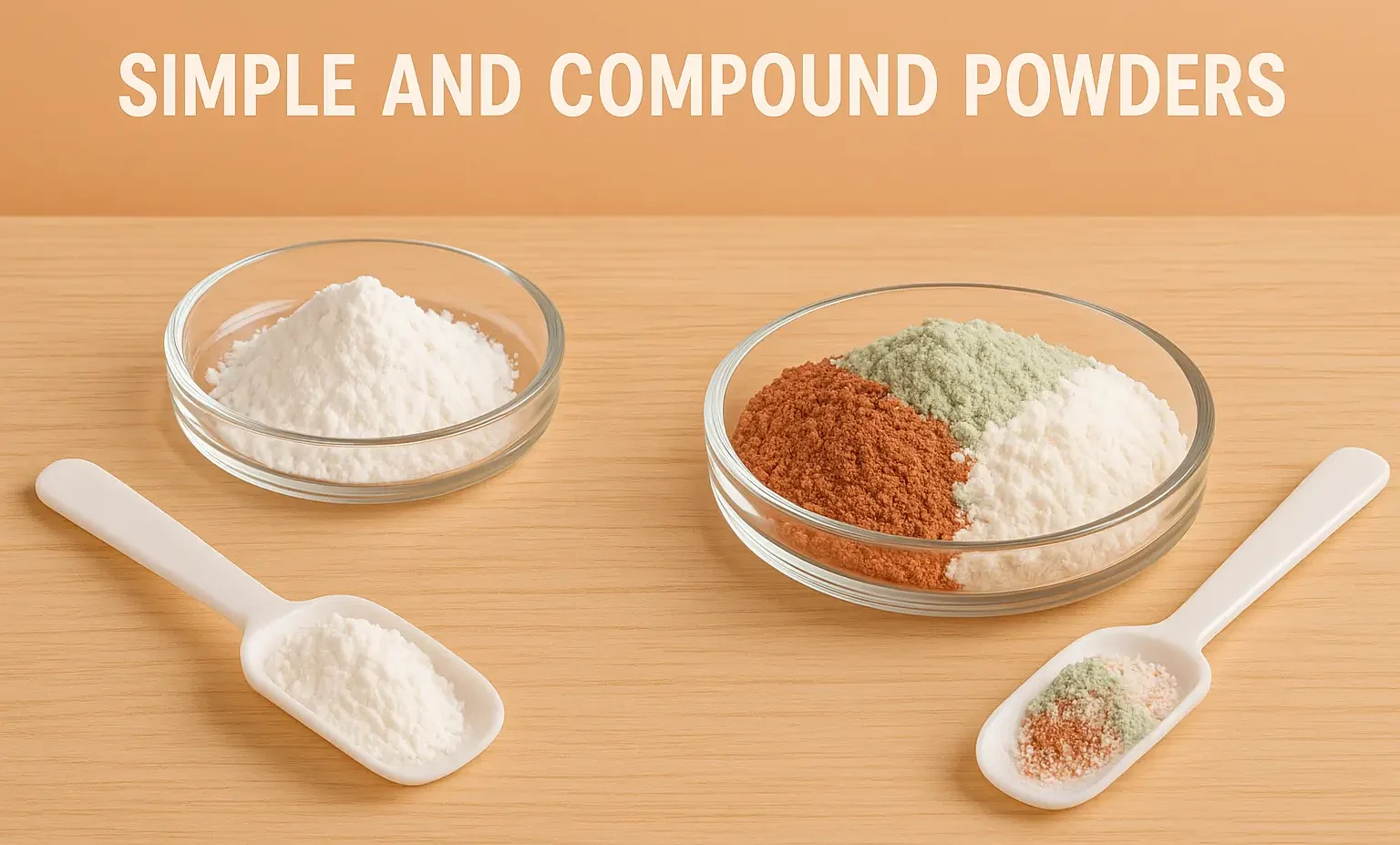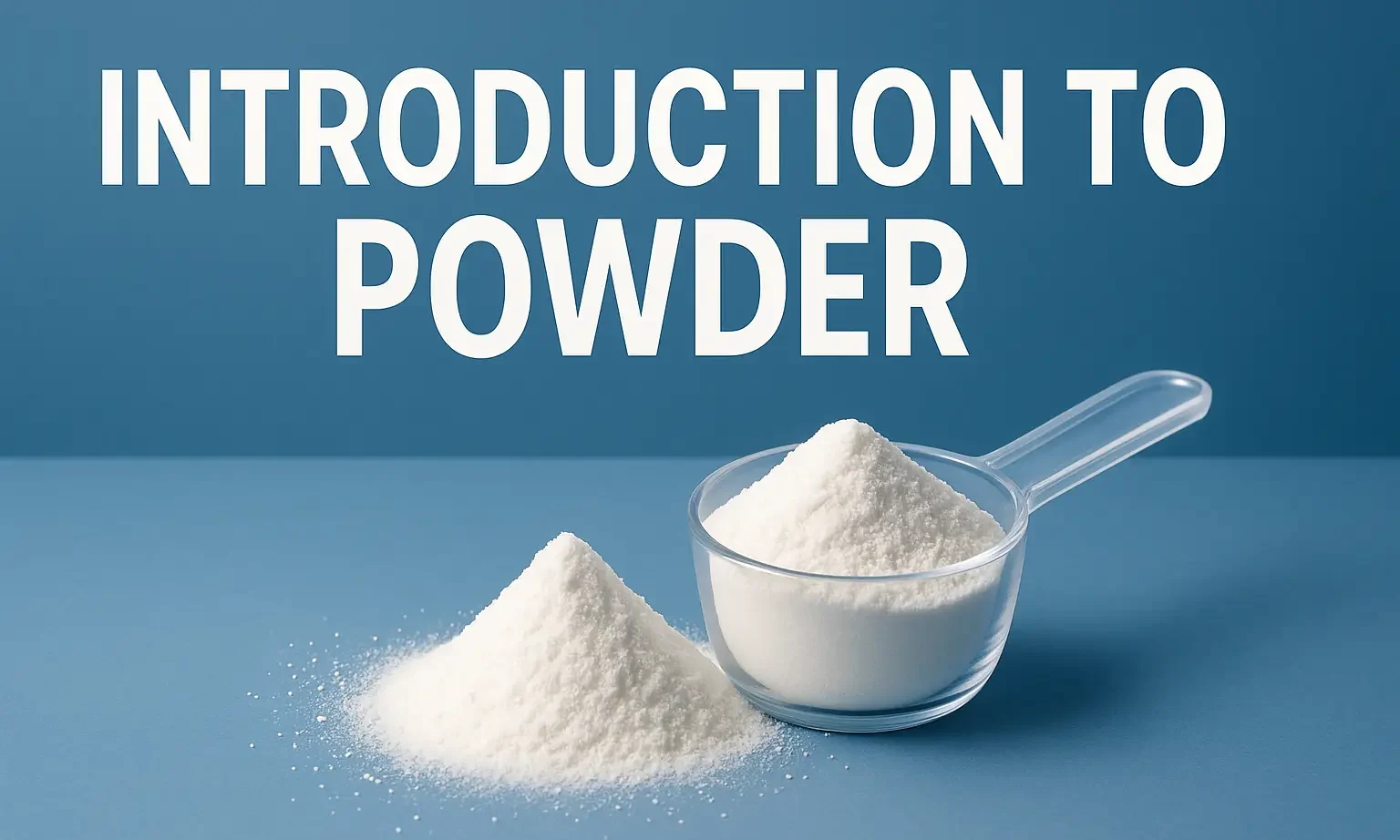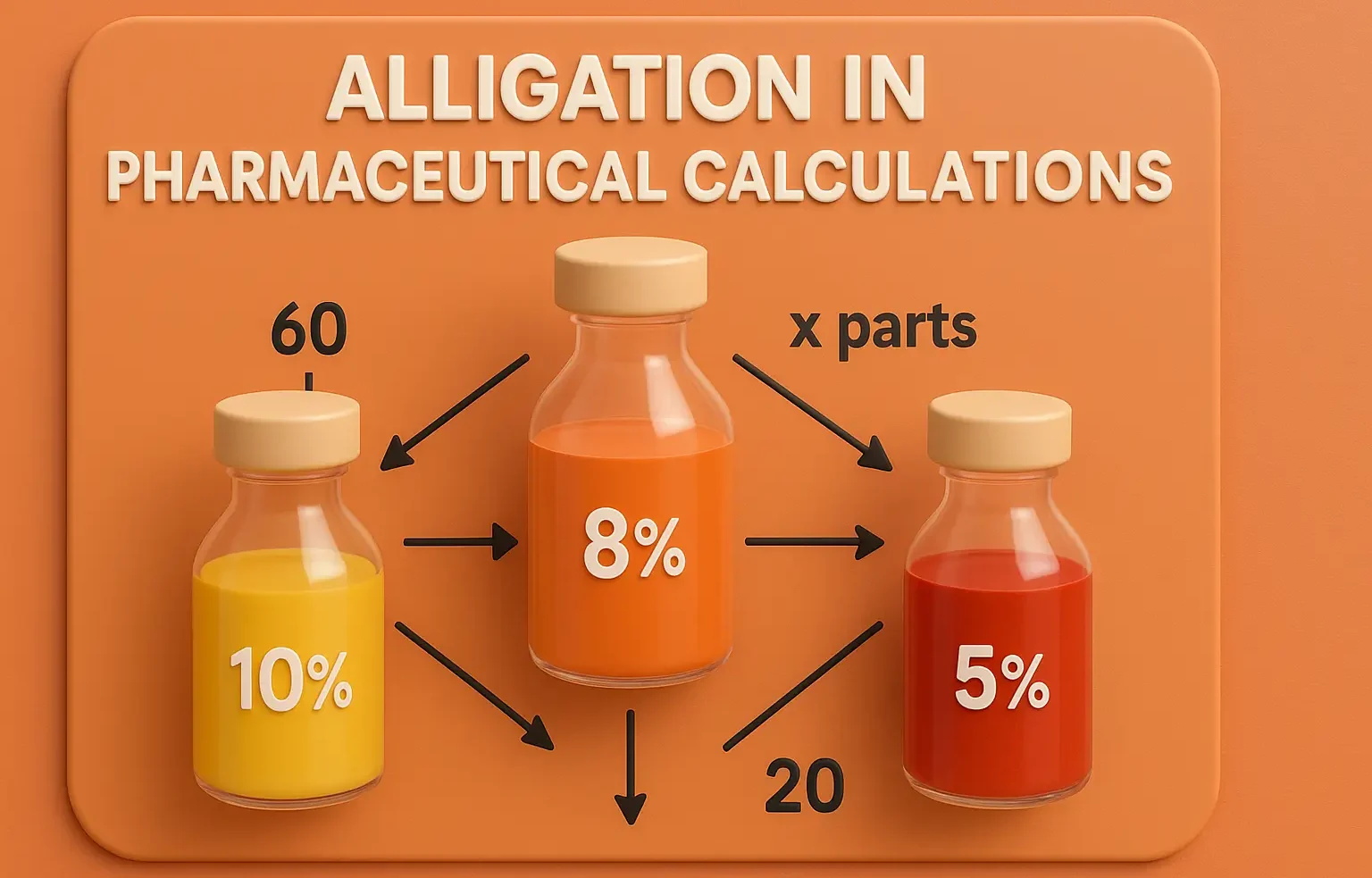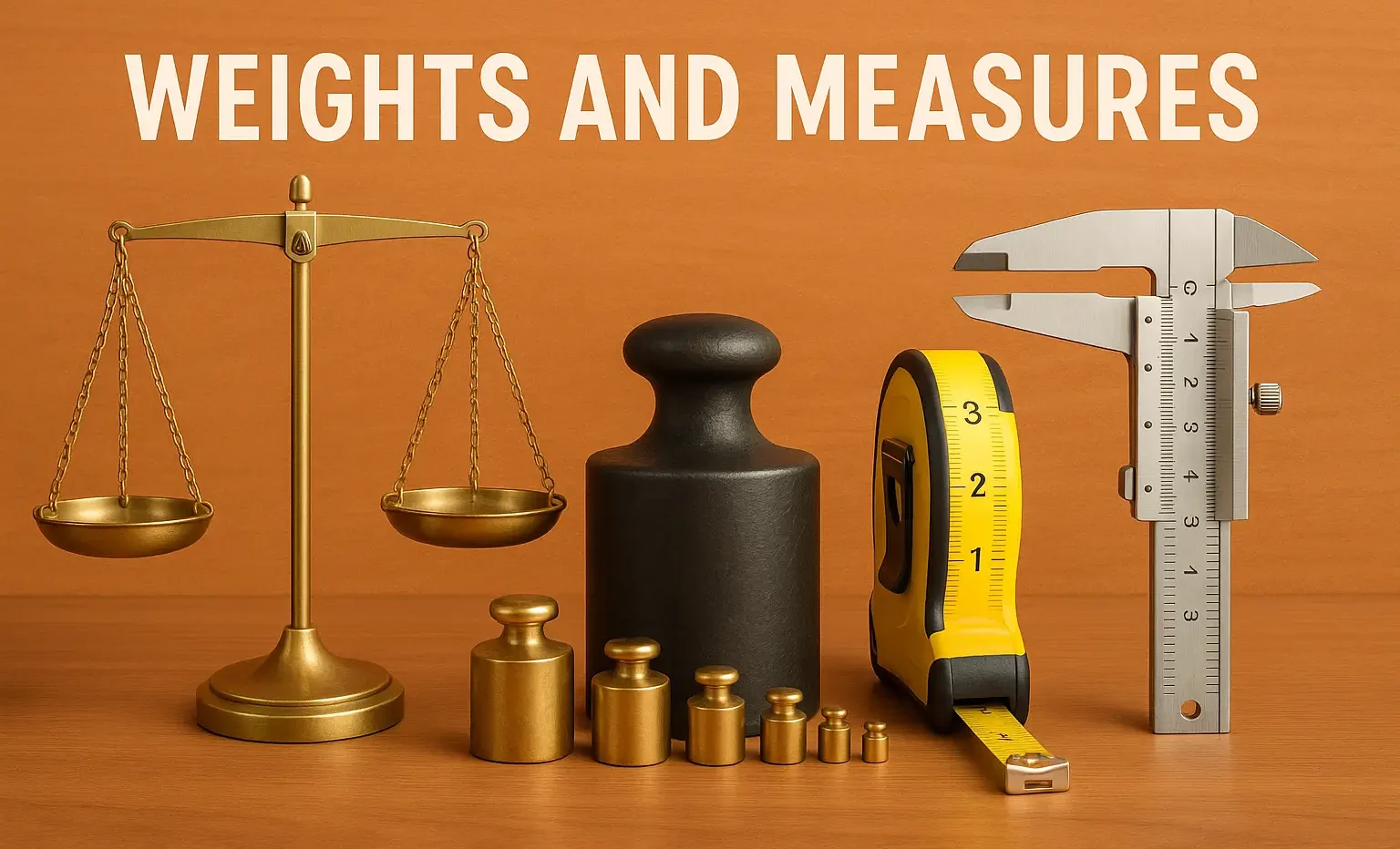Simple and compound powders
Pharmaceutical powders can be categorized as either simple or compound powders. The differences between them are outlined in the table below: Feature Simple Powder Compound Powder Composition Contains a single active pharmaceutical ingredient (API). Contains two or more active pharmaceutical ingredients (APIs) in a specific ratio. Therapeutic Effect Exerts a single therapeutic effect due to … Read more










